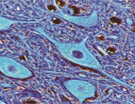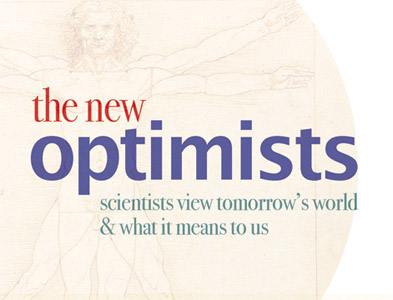Probability theory may sound like arcane and irrelevant mathematics, but it’s the stuff that enables us to work with uncertainty. Imagine a random event such as a heart attack, something that rarely happens but when it does, it has devastating effects. It’d be helpful if we could work out just how likely such an event would be without having to take up the time and resources of expert cardiologists.
 Ian Nabney, a Professor of Computer Science at Aston University, works with modern computing power which vastly expands the range of problems that can be tackled. Couple probability theory with machine learning (the design and development of algorithms that allow computers to evolve behaviors based on empirical data, such as from sensor data or databases), for example, and, he says, we can put a lot of the decision-making expertise and power of the best of cardiologists on a ‘box’ can be used by a non-expert.
Ian Nabney, a Professor of Computer Science at Aston University, works with modern computing power which vastly expands the range of problems that can be tackled. Couple probability theory with machine learning (the design and development of algorithms that allow computers to evolve behaviors based on empirical data, such as from sensor data or databases), for example, and, he says, we can put a lot of the decision-making expertise and power of the best of cardiologists on a ‘box’ can be used by a non-expert.
Professor Nabney is a member of Aston’s Non-linearity and Complexity Research Group and his research is in pattern analysis. Â He specialises in developing applications with industrial and medical partners in such areas as data visualisation, energy price forecasting, and probabilistic models of risk in jet engine design. Â His software toolbox, Netlab, has over thirty-five thousand users around the world, and can be downloaded here; see also his book NETLAB: Algorithms for Pattern Recognition.








